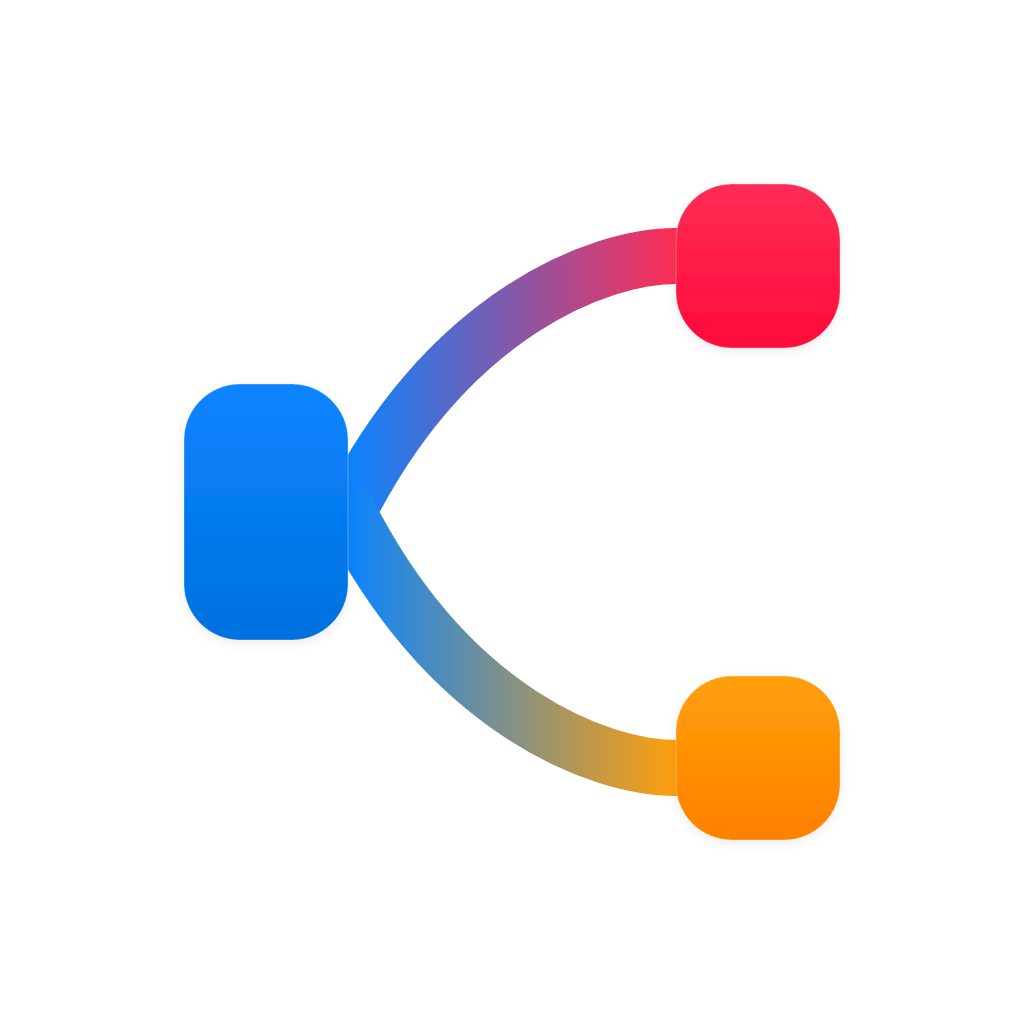### Unraveling Complexity with Sankey Diagrams: A Deep Dive into Visualizing Flow and Distribution
In a world characterized by complexity, where vast amounts of data intersect and flow through various domains, it’s imperative to have tools that can help us understand patterns, identify trends, and make well-informed decisions. One such powerful tool that has been gaining momentum as a go-to method for dealing with such complex systems is the Sankey diagram. This article serves to illuminate the intricacies of Sankey diagrams, how they operate, their applications, and the profound insights they offer by visualizing flows and distributions with unparalleled clarity.
#### **Understanding the Basics of Sankey Diagrams**
Sankey diagrams, named after the Scottish engineer Matthew Henry Phineas Riall Sankey who famously used them to illustrate energy consumption in the 19th century, offer a unique way to visualize the movement of quantities between different items, processes, or regions. The diagrams employ a special design characterized by arrows with widths that represent the magnitude of the flow, making it possible to not only see where flows start and end but also how much of the flow is involved.
1. **Flow Representation**: Flows between different nodes or categories are represented by arrows. The thickness of these arrows corresponds to the quantity or significance of the flow, providing a visual cue to detect major contributors and flows at a glance.
2. **Hierarchy and Categorization**: By categorizing flows, Sankey diagrams create a hierarchical structure that allows users to understand the proportions and relationships between different categories. For example, in an economic context, this might help in discerning the dominance of export sectors within a country.
3. **Transparency and Interactivity**: Modern interpretations of Sankey diagrams also include transparency and interactive elements, allowing viewers to interact with the diagram to explore specific categories or flows in greater detail.
#### **Applications of Sankey Diagrams**
Sankey diagrams are used across various fields for their ability to simplify complex information. Here are some areas where they are particularly effective:
– **Energy Systems**: They are invaluable in illustrating energy flows in power grids, industrial processes, or energy consumption patterns, highlighting potential losses and identifying the most energy-intensive stages.
– **Economic Analysis**: In economics, Sankey diagrams can represent the movement of goods, services, and trade flows, showing the distribution networks within and between countries, revealing trade imbalances and identifying trends in economic activity.
– **Data Flow**: In information technology, they are used to visualize data processing flows within systems, helping in understanding bottlenecks, optimizing data routing, and assessing the efficiency of data management processes.
– **Environmental Science**: They can map and elucidate complex water cycles, pollution flows, or carbon emissions pathways, aiding policymakers and researchers in understanding and mitigating environmental impacts.
#### **Creating Impact with Sankey Diagrams**
To harness the full potential of Sankey diagrams, consider the following tips:
1. **Data Selection**: Be mindful of the data’s relevance and the story you aim to tell. Choose data that clearly highlights the significance of the flows and categories.
2. **Simplicity vs. Complexity**: While aiming for clarity, avoid overcrowding the diagram with too many categories or connections. Prioritize essential data to maintain readability and focus.
3. **Use of Colors and Labels**: Utilize colors to differentiate flows and categories, and labels to clarify specific points. This not only enhances visual appeal but also increases the diagram’s comprehensibility.
4. **Integration into Dashboards**: Consider integrating Sankey diagrams into analytics dashboards for real-time data visualization. This allows for dynamic exploration and immediate understanding of changing trends and patterns.
5. **Interactive Features**: Implementing interactive elements, such as tooltips or hover effects that provide detailed information for each flow, can greatly enrich user engagement and comprehension.
#### **Conclusion**
In the era of data-driven decision-making, Sankey diagrams emerge as a potent tool for unraveling the complexities hidden within our world’s systems. By leveraging their capacity for visually narrating flow narratives, these diagrams empower analysts and stakeholders alike to uncover insights, formulate strategies, and navigate through the labyrinth of information with ease. As you embark on your exploration, remember that the true power of Sankey diagrams lies in their ability to bridge the gap between complex data and actionable intelligence.

